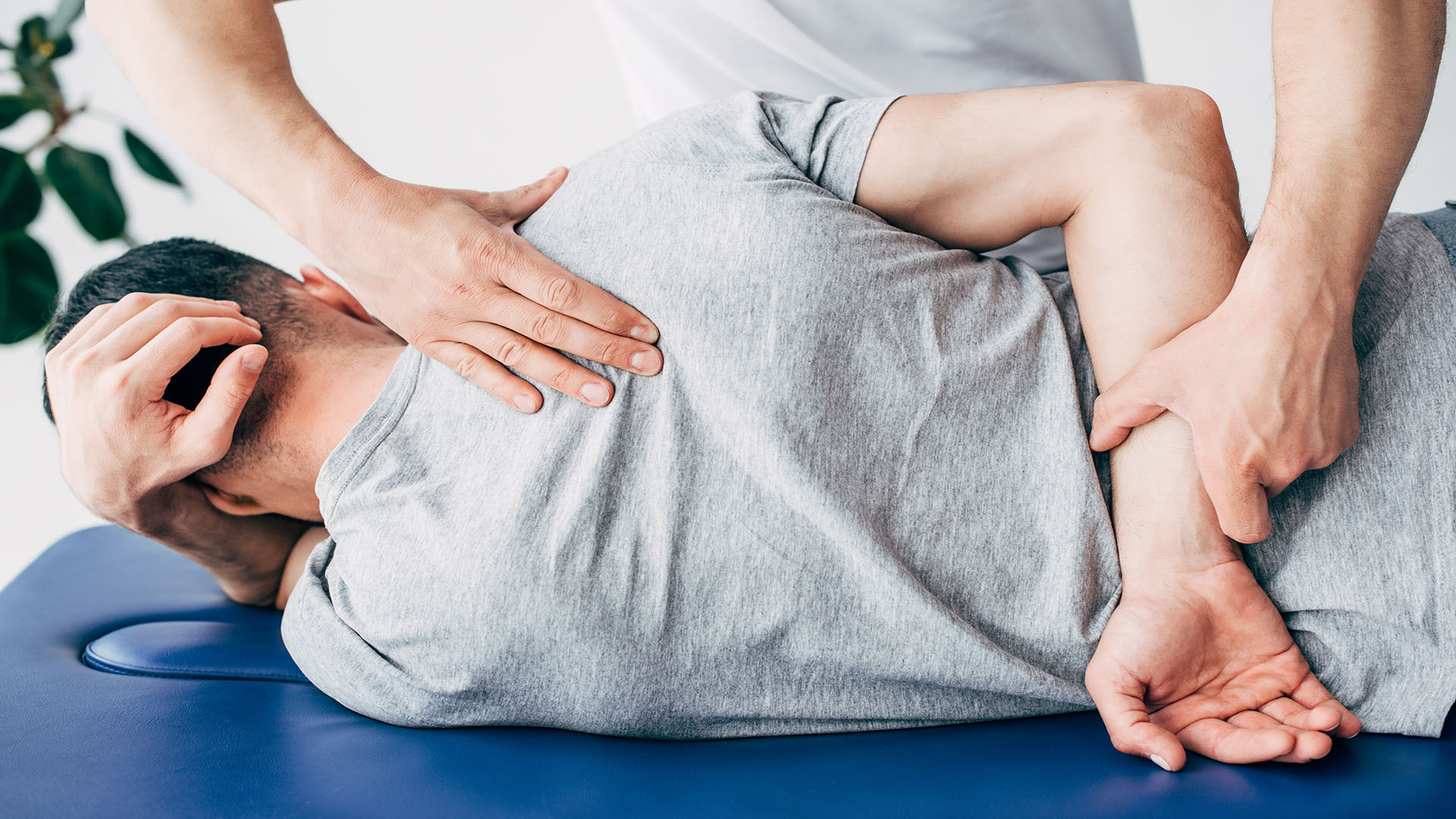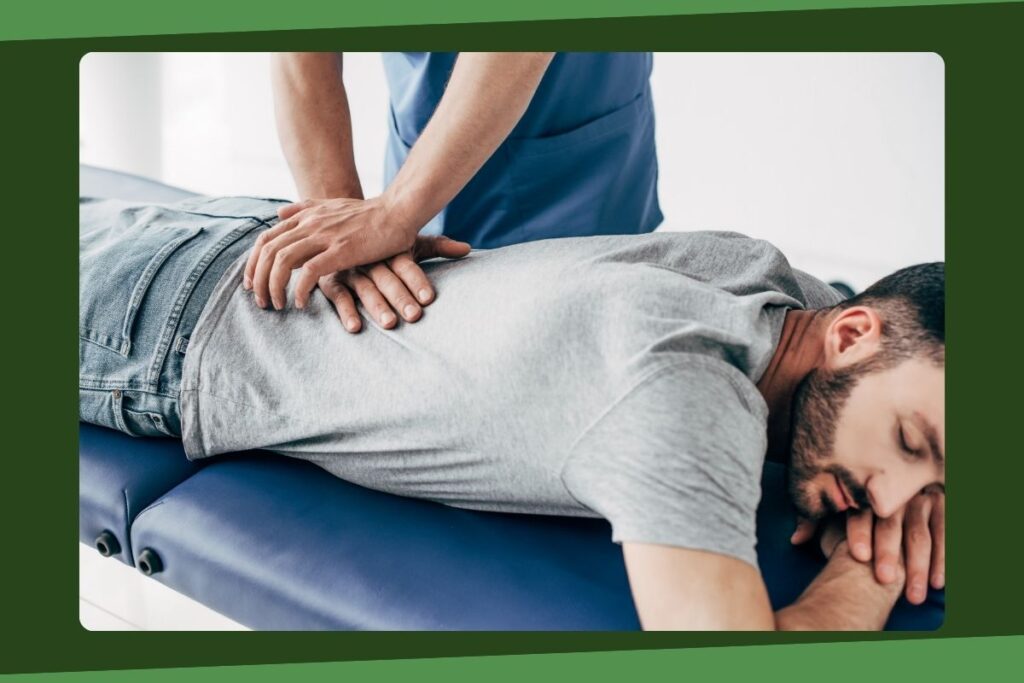Family Chiropractic Advice for Maintaining a Healthy Spine Together
Wiki Article
Checking Out Spinal Decompression Methods: What You Required to Know for Better Spine Treatment
Spinal decompression methods are essential for individuals experiencing chronic pain in the back or spinal concerns. These techniques range from non-invasive therapies to medical choices, each designed to eliminate stress on the back. Recognizing these techniques is necessary for reliable back treatment. However, not all techniques are suitable for every problem. The nuances behind each approach warrant closer assessment, as they can greatly affect recovery and total health results. What factors should one think about prior to choosing?Comprehending Spinal Decompression
Spinal decompression might appear facility, it fundamentally refers to a range of techniques intended at easing pressure on the spinal cable and surrounding nerves. The spine is a critical framework that sustains the body and protects crucial neurological pathways. When compression takes place, it can lead to pain, discomfort, and lowered mobility. Understanding spinal decompression includes identifying the sources of this stress, such as herniated discs, spinal stenosis, or injury. By attending to these underlying problems, decompression methods look for to bring back proper alignment and function. This procedure can entail both non-surgical and surgical techniques, customized to individual patient requirements. The goal is to boost the lifestyle by alleviating pain, boosting posture, and helping with better activity. As understanding of spinal health expands, the significance of recognizing spinal decompression comes to be increasingly appropriate for those seeking efficient treatment optionsCommon Spinal Decompression Methods
Spinal decompression strategies encompass a variety of approaches created to ease pressure on the back and its affiliated structures. These techniques can be generally classified right into non-surgical and medical methods. Non-surgical methods include spinal grip, where gentle drawing forces are related to the spinal column, developing area between vertebrae. This can ease nerve compression and advertise healing. Chiropractic care modifications likewise drop under this classification, concentrating on realigning the spinal column to improve feature.Surgical decompression strategies include treatments such as laminectomy, where a part of the vertebra is removed to ease stress on the spine or nerves. Discectomy, one more medical alternative, entails the elimination of herniated disc product. Furthermore, minimally intrusive strategies, like endoscopic discectomy, are obtaining popularity because of their decreased recuperation times. Each method offers a particular purpose and might be picked based upon specific client demands and the severity of their spinal problem.
Benefits of Spinal Decompression
When taking into consideration the numerous strategies to managing spinal problems, the advantages of spinal decompression techniques become evident. These approaches intend to soothe pressure on the spinal discs and nerves, which can alleviate discomfort and improve overall spinal health. By creating room in between vertebrae, decompression advertises enhanced blood circulation and nutrient circulation to the impacted locations, promoting recovery and recovery.Additionally, spinal decompression can assist bring back the all-natural alignment of the back, potentially minimizing the danger of future injuries. Clients typically report raised movement and Family Chiropractic flexibility list below treatment, causing a better lifestyle. The reduction in pressure can decrease signs connected with conditions such as herniated discs, sciatic nerve pain, and spinal constriction, providing a non-invasive alternative to more intrusive procedures. Overall, spinal decompression strategies provide a variety of physical and restorative benefits, making them an important element of considerable spinal column care.

Who Can Gain From Spinal Decompression?
Individuals experiencing from chronic back pain, herniated discs, or spinal constriction might locate significant relief through spinal decompression techniques. This non-invasive therapy can be especially valuable for those experiencing nerve compression symptoms, such as tingling, pins and needles, or weak point in the limbs. Professional athletes recouping from injuries or individuals with degenerative disc condition may additionally consider spinal decompression as a feasible option for pain management and boosted movement.Additionally, candidates for spinal decompression usually consist of those who have actually not reacted well to traditional treatments, such as medicines or physical therapy. It can likewise function as an option for clients looking for to avoid medical intervention. Overall, spinal decompression methods can supply a restorative alternative for numerous individuals facing spinal issues, assisting them restore a higher high quality of life and practical capability. Consulting a healthcare professional is crucial to identify the viability of this therapy for details problems.
Factors to consider and Preventative Measures for Spinal Decompression

The kind of spinal decompression technique-- whether surgical or non-surgical-- ought to align with the individual's details problem and total wellness standing. Tracking throughout the treatment is crucial to resolve any type of damaging reactions without delay. Clients should additionally recognize that spinal decompression is not a one-size-fits-all solution; a comprehensive therapy plan might consist of physical therapy or way of living adjustments to support recuperation. In general, adhering to these preventative measures can considerably improve the efficiency of spinal decompression treatments and promote suitable spinal column health and wellness.

Regularly Asked Questions
For how long Does a Typical Spinal Decompression Session Last?
A normal spinal decompression session lasts in between 30 to 45 mins. This duration permits suitable therapy while making sure the client continues to be comfy and gets sufficient attention to their specific spinal concerns and demands.Can Spinal Decompression Be Done in the house?
Spinal decompression can be carried out at home with certain workouts and tools, such as inversion tables or back braces. However, appointment with a health care professional is advised to assure security and efficiency in specific instances.Is Spinal Decompression Painful?
Spinal decompression is generally not painful; nevertheless, people might experience moderate discomfort or stress throughout the treatment. Pain degrees can vary based on the person's condition and the approach utilized for decompression.Just How Lots Of Procedure Are Generally Needed for Alleviation?
Usually, individuals might require 6 to 10 sessions of spinal decompression treatment to experience substantial relief (Top Chiropractor). The exact number can vary based on individual problems and actions to treatment, necessitating personalized analysis by health care specialists.Exist Any Kind Of Age Limitations for Spinal Decompression?
There are typically no rigorous age constraints for spinal decompression treatment. However, suitability may depend upon individual wellness conditions and the particular strategy used, so assessment with a medical care professional is recommended for customized recommendations.Spinal decompression techniques are important for individuals experiencing chronic back pain or spinal issues. Spinal decompression may sound complex, it basically refers to a range of techniques intended at relieving stress on the spinal cord and surrounding nerves. When considering the various methods to taking care of spinal problems, the benefits of spinal decompression techniques come to be evident. Individuals enduring from chronic back discomfort, herniated discs, or spinal constriction might find substantial relief through spinal decompression methods. In general, spinal decompression techniques can offer a therapeutic option for various individuals encountering spinal issues, assisting them regain a higher high quality of life and practical ability.
Report this wiki page